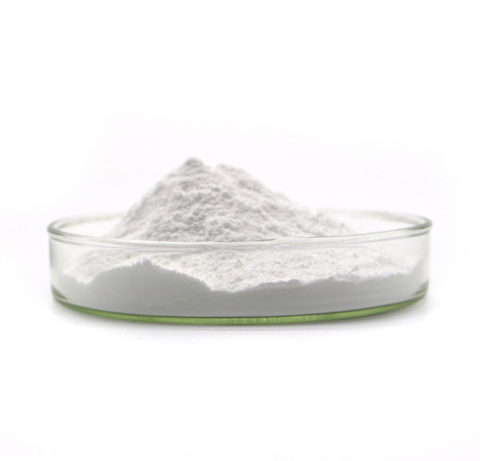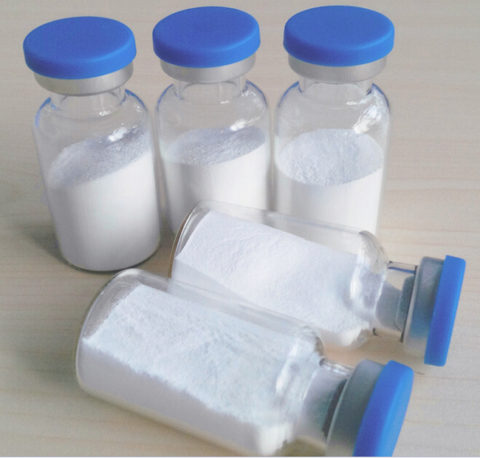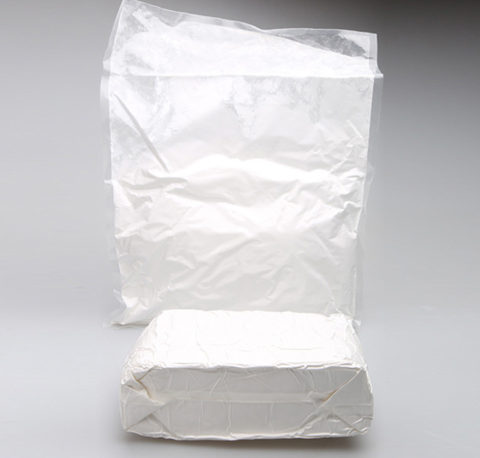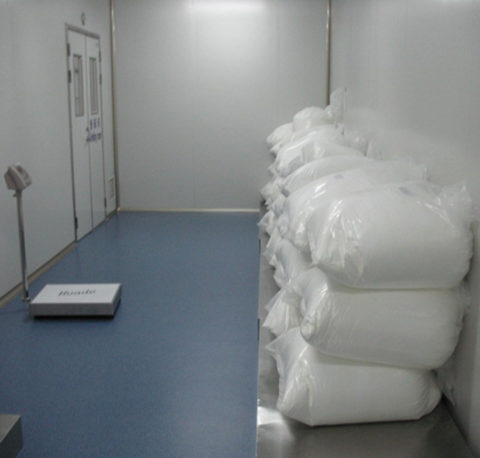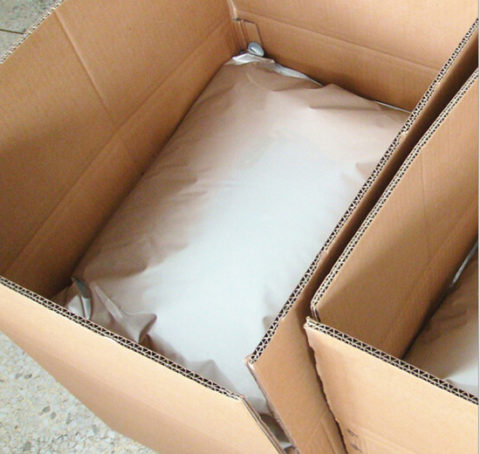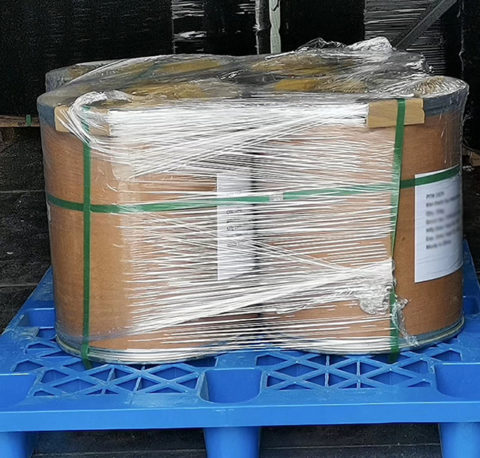
Food Grade Hyaluronic Acid, Sodium Hyaluronate Powder
Sodium hyaluronate has been used in eye drops, surgical materials and injections. With the continuous development and research of hyaluronic acid in the field of clinical medicine, the application of health care products and medical recovery supplements will become a major mainstream in the health care industry.
Food Grade Hyaluronic Acid, Sodium Hyaluronate Powder
INCI Name: Sodium Hyaluronate
Chemical Name: Hyaluronic Acid, Sodium salt
Synonyms: Mucoitin, Sepracoat, Hyaluronic acid, Hydluronic acid, Hyalobarrier gel, aluronic acid, HA, Haluronic acid,Chlamyhyaluronic acid, Hyaluronic acid powder, Hyaluronic acid sodium
EINECS/ELNICS: 232-678-0
CAS No.: 9004-61-9(hyaluronic acid), 9067-32-7(Sodium hyaluronate)
Molecular Formula:
hyaluronic acid-(C14H21NO11)n,
Sodium hyaluronate -(C14H20NO11Na)n
Sodium hyaluronate is a linear chain muco-polysaccharide composed of disaccharide units formed from D-glucuronic acid & N acetylglucosamine held together by β 1,3 linkages.
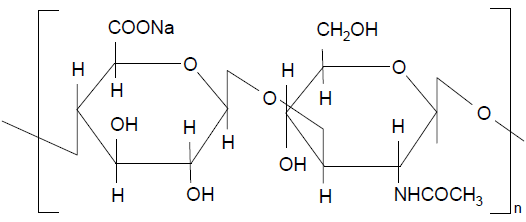
Production Method: Fermentation
Bacteria Source: Streptococcus Zooepidemicus
Specification/Molecular Weight (Dalton):
LMW/low molecular weight:200,000 – 600,000 Dalton
Medium molecular weight: 600,000 – 1,800,000 Dalton
Purity: 92%(Min)
Intrinsic viscosity: 0.19-36.3dL/g
Appearance: White crystalline power
Particle size: 100% pass 80 mesh
Package: 100g/sterile bottle; 1kg/ aluminum foil bag;25KG/ fiber drum
Storage: Stored in cool and dry place, with the temperature less than 35 ℃
Shelf life: 2 years without opening the package
Application:
As a common food raw materials, it can be applied into drinks, jellies, dairy products, etc; as a health food raw materials, it can be made into tablet, capsule, oral liquid and used together with collagen, vitamins, chondroitin sulfate, ammonia and other ingredients.
Biological Activity:
Most powerful moisturizer & humectant known so far, provides smoothness & softening to the skin, excellent anti-wrinkle effects, promotes growth of new skin cells after peelings, supports wound healing.
Introduction
The content of hyaluronic acid/sodium hyaluronate in human body is about 15 grams, which plays an important role in human physiological activities. Reduced hyaluronic acid content in the skin can weaken the skin’s water retention function, making the skin rough and wrinkle. Reduction of hyaluronic acid in other tissues and organs can lead to arthritis, arteriosclerosis, pulse disorders and brain atrophy. Reduction of hyaluronic acid in the human body can lead to premature aging.
Oral administration of hyaluronic acid/sodium hyaluronate products can increase the content of hyaluronic acid in human body, which can supplement the deficiency of hyaluronic acid in human body. Hyaluronic acid, through digestion and absorption, can make the skin moist, smooth, soft and elastic. It can delay aging and prevent the occurrence of arthritis, arteriosclerosis, pulse disorder and brain atrophy.
Oral administration of hyaluronic acid/sodium hyaluronate has been widely used in health food in developed countries such as Europe and America. Hyaluronic acid has a moisturizing and lubricating effect on cell tissues and makes skin full, young and elastic. However, with the increase of age and aging of the body, hyaluronic acid begins to lose at the age of 18 and accelerates after the age of 25. When the loss rate of hyaluronic acid is faster than the growth rate, it should be supplemented from the outside in time. The 30-year-old skin contains only 65% of hyaluronic acid in infancy, compared with 25% in infancy at 60. At the same time, the water in the skin will also be lost with the passage of hyaluronic acid, the skin will become water-deficient, lose luster and elasticity, and gradually appear wrinkles, rough and dark, spots and other aging phenomenon. Therefore, oral hyaluronic acid or cosmetics containing hyaluronic acid ingredients have gradually become a necessary moisturizing magic weapon for beauty-loving women.
After oral hyaluronic acid/sodium hyaluronate is absorbed by the skin, it will form a unique three-dimensional structure, which provides an excellent external environment for the synthesis of collagen and elastic fibers in the dermis. It can also absorb hundreds of times the volume of water molecules like a sponge, and maintain the moisture of intercellular lipids in connective tissue of the epidermis.
Product Features
1. High safety
Our food grade hyaluronic acid/sodium hyaluronate is manufactured by fermentation with Streptococcus Zooepidemicus;
Non-GMO and non-animal sources, the raw materials used for fermentation include peptone, glucose, yeast extract and other raw materials are all non-animal sources.
2. High purity
The content of glucuronic acid is high and the content of impurities such as heavy metals, microorganisms and so on is very low;
Managed under ISO 9001 quality management system to ensure that no other unknown impurities are introduced into the production process;
The workshop is dedicated to the research and development and production of high purity and high quality hyaluronic acid/sodium hyaluronate products for more than 5 years. The advanced technology and management ensure the reliability and stability of product quality.
3. Customized Services
We can customize products with different bulk density and granularity according to customer’s needs, and also can make products with higher content and lower protein content, so as to realize customized production and meet different needs.
Certificate of Analysis
| Item | Standard | Result |
| Appearance | White powder | White powder |
| Glucuronic Acid | ≥ 44.5% | 47.86% |
| Sodium Hyaluronate | ≥ 92% | 98.92% |
| Appearance of Solution | A600nm≤ 0.01 | Complied |
| Nucleic Acid | A260nm≤ 0.5 | Complied |
| pH | 6.0-7.5 | 6.50 |
| Molecular Weight | 1.0-1.5 Million Daltons | 1.2 Million Daltons |
| Protein | ≤0.1% | 0.06% |
| Loss on drying | ≤10% | 6.0% |
| Residue on Ignition | ≤20.00 % | 10.85% |
| Chlorides | ≤ 0.5% | 0.3% |
| Iron | ≤ 80ppm | <80ppm |
| Heavy metal | ≤10ppm | <10ppm |
| Arsenic | ≤2ppm | <2ppm |
| Bacteria Count | ≤100CFU/G | <100CFU/G |
| Molds & Yeast | ≤10CFU/g | <10CFU/G |
| Staphylococcus aureus | Negative | Negative |
| Pseudomonas aeruginosa | Negative | Negative |
| Hemolysis | Negative | Negative |
| Viable Hemolytical Streptococci | Negative | Negative |
| Conclusion | Complied with EP4.0 | |
